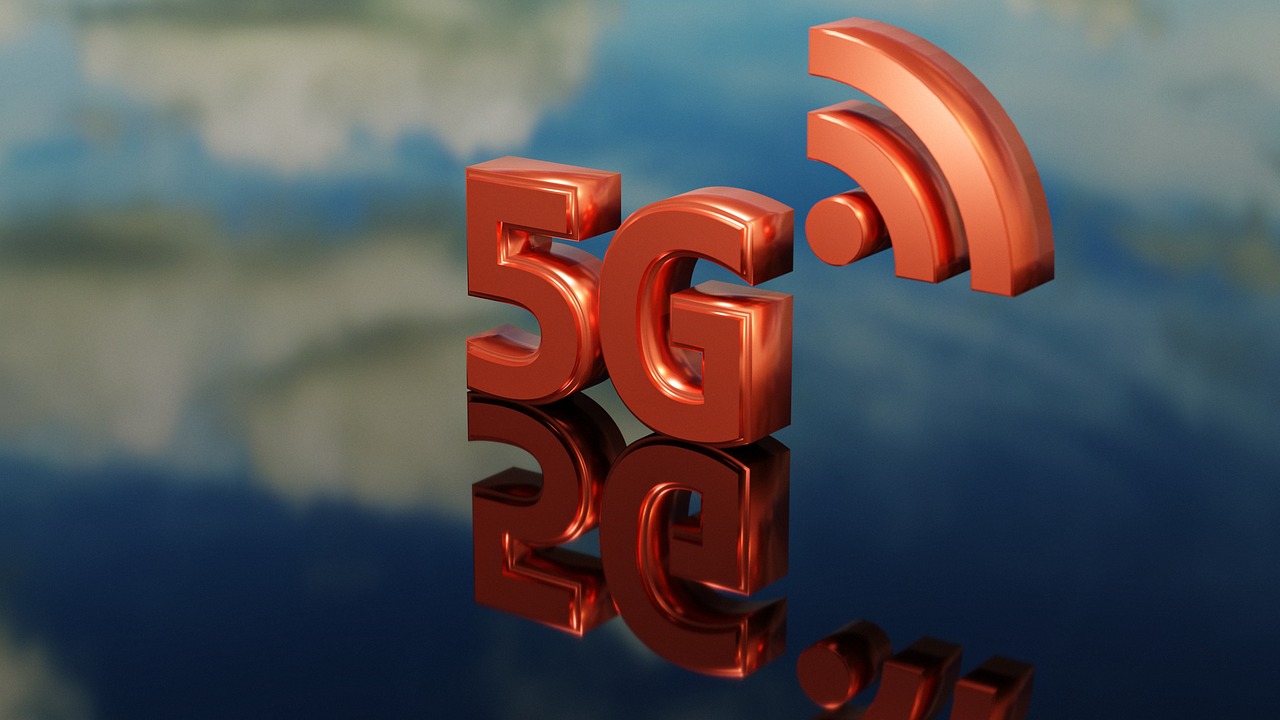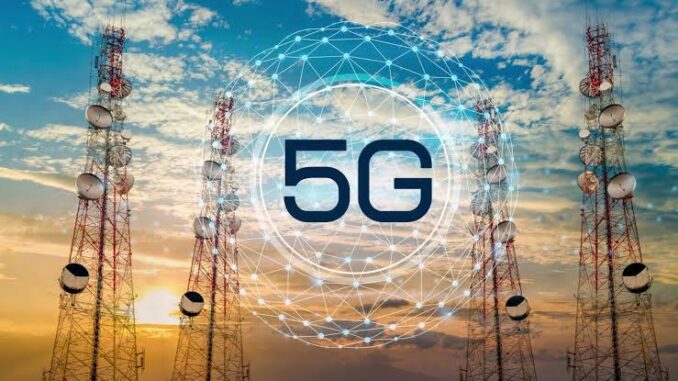Advantages and Disadvantages of 5G Network

The fifth-generation mobile network is known as 5G. After the 1G, 2G, 3G, and 4G networks, there is now a new worldwide wireless standard. With the help of 5G, a brand-new network may be created that connects almost everyone and everything, including machines, objects, and devices.
With 5G wireless technology, more users will have access to faster peak data rates of multiple gigabits per second (Gbps), extremely low latency, increased stability, huge network capacity, increased availability, and a more consistent user experience. Greater efficiency and performance enable new user experiences and connect new industries.
Advantages of 5G Network
1. Faster speeds: When compared to earlier generations, 5G networks offer much faster internet speeds. Users may download huge files, stream 4K videos, and play online games without experiencing lag because to its 10 Gbps download and upload rates.

2. Less latency: The 5G network has less latency, which implies that data transmission and reception occur with less delay. This is essential for real-time reaction applications like remote surgery and autonomous vehicles.
3. Greater capacity: Compared to earlier generations, the 5G network can accommodate a lot more connected devices. In the Internet of Things (IoT) era, when a variety of devices, from smart home appliances to industrial machines, require connectivity, this is extremely crucial.
4. Greater dependability: Compared to earlier generations, the 5G network is intended to be more consistent and provide wider coverage. Even in congested places, it can maintain a steady connection, delivering a smooth user experience.
5. Facilitate the development of new technologies: The 5G network will open up new avenues for the development of technologies like augmented reality (AR), virtual reality (VR), and artificial intelligence (AI). It will make new services and applications possible that were not feasible with earlier generations.
Disadvantages of 5G Network
1. Limited area of coverage: One of the biggest drawbacks of the 5G network is that it has a limited area of coverage. 5G isn’t currently being widely used and is only present in a few places. This implies that a large number of people might not have access to the 5G network anytime soon.
2. Costly Infrastructure: Setting up a 5G network demands a large investment in infrastructure, including the construction of new cell towers and the installation of new machinery. Network providers may incur significant costs as a result of this, which may be passed on to customers in the form of higher 5G service fees.
3. Range and Interference: 5G uses higher frequencies than 4G networks do, which have a shorter range and more interference. This means that 5G network coverage will be less and less dependable because 5G signals can be readily blocked by structures like walls and buildings.
4. Health Concerns: Concerns have been expressed over the possible negative effects of exposure to 5G radiation on one’s health. Although research is ongoing, there is currently insufficient proof to conclude that 5G networks constitute a serious health danger. However, the public is now uneasy as a result of these uncertainty.
5. Compatibility of Device: You need a device that is compatible with the necessary technology in order to access the 5G network. However, there aren’t many 5G-compatible gadgets available right now. Since many consumers would need to buy new smartphones or other 5G-capable devices, the monetary burden could increase.
The fifth-generation mobile network is known as 5G. After the 1G, 2G, 3G, and 4G networks, there is now a new worldwide wireless standard. With the help of 5G, a brand-new network may be created that connects almost everyone and everything, including machines, objects, and devices. With 5G wireless technology, more users will have access…